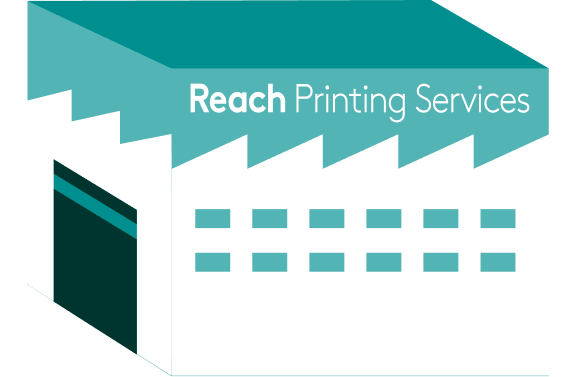The print industry has seen many changes over the years with online opportunities developing, offering new ways to reach the consumer. Thankfully, publishers, businesses and marketers realise that print products are still very important; they are valued, trusted and drive response as a stand-alone product, but also complement digital platforms.
We realise how important it is to have a print product, but the cost has to be considered now more than ever. There are a number of factors affecting paper prices – and Brexit is still looming – but there is also a raft of initiatives that can be considered to ensure you can have a printed product – at the best possible cost.
End goal: You need to know – right from the planning stages – what your end goal is. Consider how you will distribute your product, deadlines to meet, and alternative routes to market. For example, if you decide to uppage or increase your print order at the last minute, this can affect the type of vehicle required, and have a huge impact on the overall cost.
Print provider: Selecting the right provider is essential. Where they are based, operational hours, credentials, values, customer service record, health, safety and ethical standards… considering all these factors is essential but you also need to think carefully about how or whether they can support not just the print process but any additional processes or services you may require to reach your end goal.
Print method: There are many methods and providers available, and you need to explore what is right for you in terms of impact and cost. Our print sites use the coldset web offset print process, which many people may not have even considered – or they have wrongly assumed we can only produce a tabloid format. In fact, we can also produce coldset magazines, attach glossy covers, as well as offer a whole host of opportunities for marketers who need a print product fast.
Format: Choosing the right format is an essential part of cost mitigation. Exploring the production processes available or changing the finished size – often by only a few millimetres – can have a huge impact, and you may be surprised by the savings it can offer.
Paperstock: There are many types of paper available. Have a read of our blog, ‘Choosing the right paperstock’, here. Reducing the grammage may not only have an impact on the cost of the actual paper, but it may also offer the opportunity to reduce delivery or postal costs.
Pagination: Consider your content – not only the impact it has with the reader or consumer, but also when exploring opportunities to reduce costs. Also consider your pagination policy; challenge what the consumer wants to read or see, rather than what you want to serve them up. Quality over quantity is key.
Logistics: Can you save on logistics costs by sharing vehicles? This is something we often do with our customers, and you may be surprised to find that even your biggest rival is happy to save money by sharing. Are there alternative routes to market that you haven’t considered? Changing the format, pagination or paperstock (as mentioned above) can dramatically reduce the cost implications. There are many ways to reduce costs, whilst still enabling you to have a quality print product. When we speak to clients, we always try to ascertain as much information from them as possible, so we can ensure there are no hidden surprises down the line, and the customer is getting the most cost-effective option for their campaign or print product. As publishers ourselves, we have a long history of print, paper, marketing, production and distribution, and have experts at every part of the process to make the print-buying process as easy as possible. If you would like more information about how we can help you, please contact us at [email protected].

